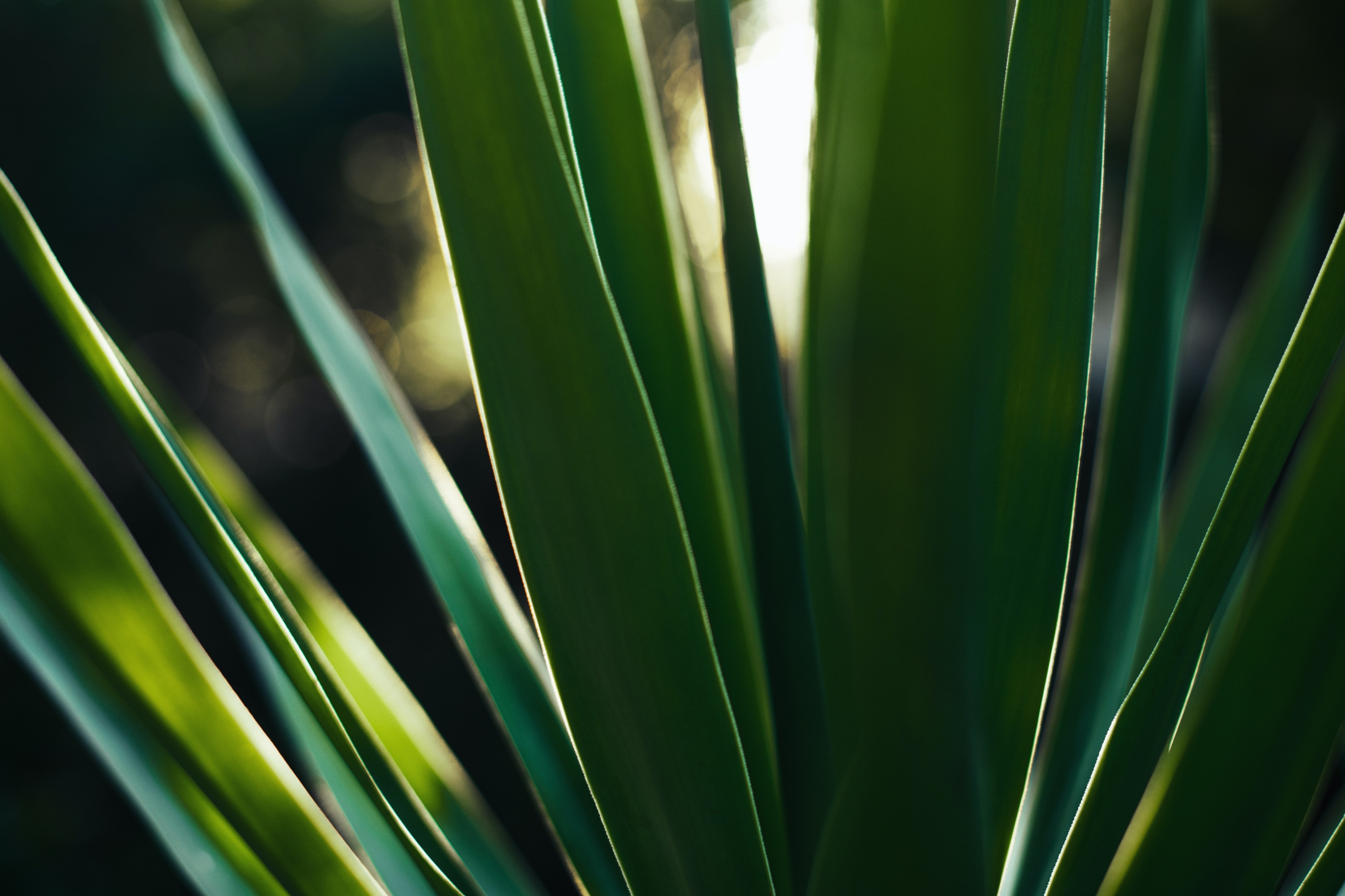
House yucca probably does not need to be introduced to anyone. It is one of the most popular plants grown in our interiors. It presents itself beautifully and is liked because its form makes us think of exotic, distant travels.
Its other undeniable advantage is that it is relatively easy to grow, so even novice lovers of home jungles can handle it without too much trouble. How to properly care for it, so that it grows well and looks beautiful?
We are in the store to buy the proverbial buns and see a display of house flowers, and among them yucca. Which one should we choose to enjoy it for the longest time and which one should catch our eye in the garden store?
First of all, pay attention to its appearance. Look at the leaves for signs of disease or pests, such as scale insects. If the plant grows from a shoot, check whether it has been properly protected by a layer of wax. Yucca should also not have a pot that is too small, so if at first glance you see that the one in which you bring it from the store is no longer suitable, and the roots of the plant are simply too tight, immediately buy a larger pot and repot it.
Yucca quite noticeably shows any deficiencies and diseases, so by looking at it, we can easily determine whether we are dealing with a healthy specimen.
Yucca is not fond of too much moisture in the pot. In its natural conditions, it is accustomed to fairly infrequent and scanty rainfall, so it tolerates light drying better than overwatering. It successfully stores water in its leathery leaves and thick stem. It feels best when watered regularly (for example, every 10 days or so), albeit in small amounts. Too much watering can lead to rotting of its roots and wilting of its leaves.
If you want to provide it with optimal soil conditions, you should also think about the right substrate. Here, the specialized one for palms, dracaenas and succulents will be perfect. Also remember to have an opening in the pot, through which excess water will be able to pour out onto the stand or into the casing. It is also worth thinking about proper drainage. When the plant is with us longer, it is recommended to repot it every 2 or 3 years or so in the spring.
As befits an exotic plant, yucca likes a lot of light, so it feels best near windows and balcony doors. However, we advise against a south-facing position, as too harsh a sun can nevertheless burn its leaves.
It should also not be in the shade or semi-shade, as this can lead to yellowing of its leaves and slow death, which we certainly want to avoid. Many people also practice putting yucca out on the balcony or terrace during the summer (from May to October), but we must take care of a secluded corner for it. We must also not forget to water it properly then, while in case of heavy rainfall, we must make sure that the plant does not get too wet.
The optimal temperature for yuccas almost most of the year is values ranging from about 22 to 24 degrees Celsius. In winter, on the other hand, they grow best at a temperature of about 15 degrees.
Yucca require relatively regular fertilization in the summer, every 2 or 3 weeks or so. In winter, however, this procedure we can safely skip, as in the case of regular watering.
main photo: pexels.com/Tim Mossholder